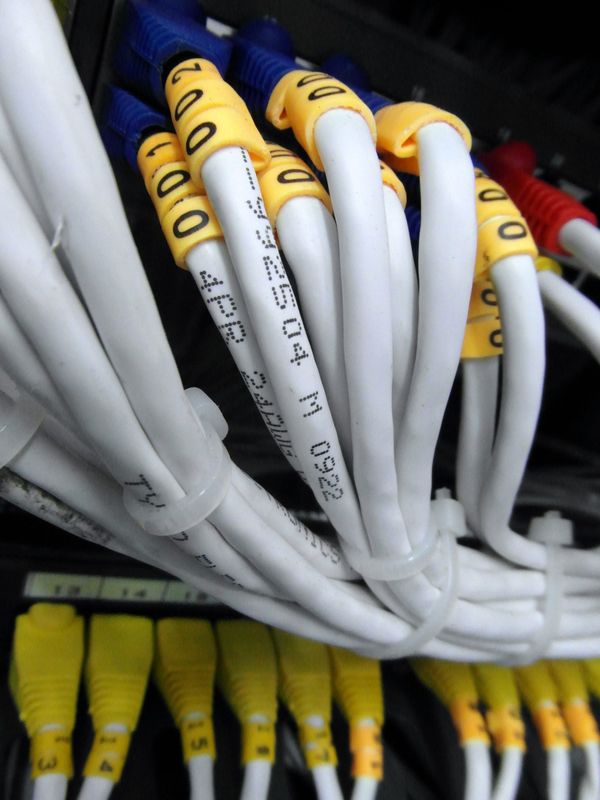Children at increased risk of cyberbullying. Here's what parents can do

Cyberbullying has been around for a long time, but now experts are warning parents about a rise in the phenomenon during the pandemic.
“There has already been a 70% increase in the amount of bullying among teens and children in the past month (April 2020)”, according to the Israeli startup L1ght, which tracks online hate speech and harassment.
Thus, knowing what cyberbullying is and how to support a young victim become essential for parents.
What is cyberbullying
Cyberbullying is the intentional attempt to harm others (by making them feel angry, sad or scared) using digital technologies. It can take place on social media, messaging platforms, gaming platforms or mobile phones. Examples of cyberbullying include hurtful comments, threats, rumors, pictures and videos posted or circulated online.
Cyberbullying can happen anywhere kids and teenagers connect.
Types of cyberbullying
Cyberbullying is a serious, long-standing social problem that can take many shapes and forms. Here are some of them:
Flaming: Online fights exchanged via emails, instant messaging or chat rooms
Harassment and stalking: Sending offensive and malicious messages to an individual or a group, repeatedly
Denigration: Sending or posting gossip or rumors about a person to damage his or her reputation or friendships
Impersonation: Breaking into someone’s email account and using it to send vicious or embarrassing material to others
Outing and trickery: Engaging someone in instant messaging, tricking him or her into revealing sensitive information, and forwarding that information to others
Exclusion: Intentionally excluding someone from an online group. The group then subsequently leaves malicious comments and harasses the one they singled out.
Cyberstalking: Repeated, intense harassment and denigration that includes threats or creates fear
Masquerading: a bully creates a fake identity to harass someone anonymously. In addition to creating a fake identity, the bully can impersonate someone else to send malicious messages to the victim.
What parents can do if their child is bullied:
It’s not easy to determine when and how to step in. But if your child is cyberbullied, take it seriously and act to help stop it, working together with him/her.
Listen to your child and offer your help. Remind your child that there is nothing to be ashamed of when he/she is a victim of cyberbullying.
Reassure your child that you will be there for him/her no matter what happens. Chances are your child has been worrying about this for quite some time.
Work together to stop the bullying. Save the evidence, take a screenshot, report, delete and block the bully.
Talk about it at your kid’s school and with other parents. Talk with teachers and the other parents about the issue. Make them aware of the problem and give them the chance to act on your concerns.
Monitor the situation. Keep talking to your child, and always listen. It’s true that questions like ‘How was school today?’ will often result in ‘OK’ or, if you have a teenager, maybe just a grunt. But go on and always remain positive.
Check out resources for dealing with bullying in your area. There is help out there. For further advice, try contacting anti-bullying organizations.
What the cyberbullying victim’s friends can do
Usually, a victim’s friends are the first to witness cyberbullying as it happens in their environment (school, social media groups/ communities, chat rooms, gamers groups, etc.). If you know someone who is being cyberbullied, here are things you can do to help:
1. Don’t forward or share posts, texts or images that might hurt someone
2. Talk to the victim and let them know you care
3. Ask the person being bullied if they are ok and if they need help
4. Report it online or show an adult who can help you report it
5. Don’t take part in it by sending mean messages back
6. Say something kind or positive to the person being cyberbullied
7. Let the cyberbullies know that what they’re doing is not ok
8. Suggest the person being bullied report it, block, or delete the people doing the bullying
9. Leave the group or conversation
tags
Author
Cristina is a freelance writer and a mother of two living in Denmark. Her 15 years experience in communication includes developing content for tv, online, mobile apps, and a chatbot.
View all postsRight now Top posts
Start Cyber Resilience and Don’t Be an April Fool This Spring and Beyond
April 01, 2024
Spam trends of the week: Cybercrooks phish for QuickBooks, American Express and banking accounts
November 28, 2023
FOLLOW US ON SOCIAL MEDIA
You might also like
Bookmarks







